Queen guitarist and astrophysicist Brian May has teamed up with asteroid researchers to investigate striking similarities and a puzzling difference between separate bodies explored by space probes. The research team ran a supercomputer-based ‘fight club’ involving simulated large asteroid collisions to probe the objects’ likely origins. Their work is reported in Nature Communications on May 27, 2020.
Both the 525-m (1,722-ft) diameter Bennu asteroid visited by NASA’s OSIRIS-REx and 1-km (0.6-mi) diameter Ryugu asteroid reached by Japan’s Hayabusa2 possess the same distinct spinning-top shape and similar material densities. However the pair contain differing amounts of water, as revealed in spectral mapping of hydrated materials. Ryugu appears weakly hydrated compared to Bennu, despite being a comparative youth in asteroid terms, estimated at a mere 100 million years old.
“The shapes of asteroids and their hydration level can serve as real tracers of their origin and history,” says co-author Brian May.
Spinning-top-shaped mystery
The study was led by Patrick Michel, CNRS Director of Research of France’s Côte d’Azur Observatory, also lead scientist of ESA’s Hera mission for planetary defense. He notes that this research also has relevance for Hera, which will explore the Didymos binary asteroid system following the orbital deflection of the smaller of the two bodies by NASA’s DART spacecraft.
“This spinning top shape of Bennu and Ryugu – including a pronounced equatorial bulge – is shared by many other asteroids, including the primary 780-m (2,560-ft) Didymos asteroid,” explains Patrick.
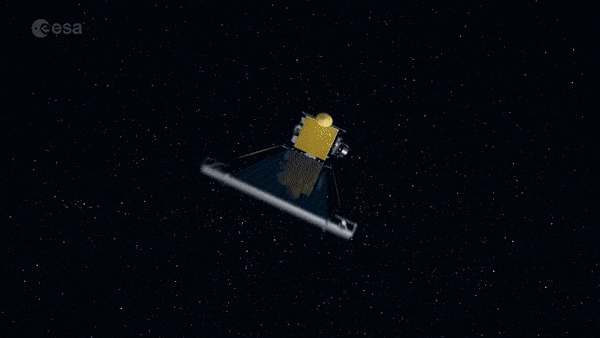
NASA’s Double Asteroid Redirect Test, DART, mission is intended to collide with the smaller of two bodies of the Didymos binary asteroid system in autumn 2022. ESA’s Hera mission will then perform follow-up post-impact observations. Credit: ESA
“A leading hypothesis has been that a high rate of spin leads to centrifugal force changing their shape over time, as material flows from the poles to the equator. Such a spin can be built up over time by the gradual warming of sunlight – known as the Yarkovsky–O’Keefe–Radzievskii–Paddack (YORP) effect, named after four different asteroid researchers.
“For Didymos, this might explain where Didymos A’s smaller moonlet came from – forming out of material that broke free of the fast-spinning equator. In the case of Bennu and Ryugu there is a problem however: close-up inspection by their respective spacecraft has revealed large cratering on their equatorial ridges, suggesting these features formed very early in the asteroids’ history.”
The findings posed a question, explains co-lead author Ron Ballouz of the Lunar and Planetary Laboratory at the University of Arizona: “Are these properties – asteroid shape, density, more or less high hydration levels – the consequence of the evolutions of these objects, once formed, or the immediate outcome of their formation?”
Step back in time with supercomputer simulations
As a way of looking back in time, the researchers ran numerical simulations of 100-km class asteroids being disrupted by collisions, releasing plentiful fragments that gradually reformed into aggregate bodies – believed to be the way that most asteroids larger than 200 m (660 ft) have been formed.
The simulations were run using the Bluecrab supercomputer cluster operated by the Maryland Advanced Research Computing Center, through the Johns Hopkins University and University of Maryland.
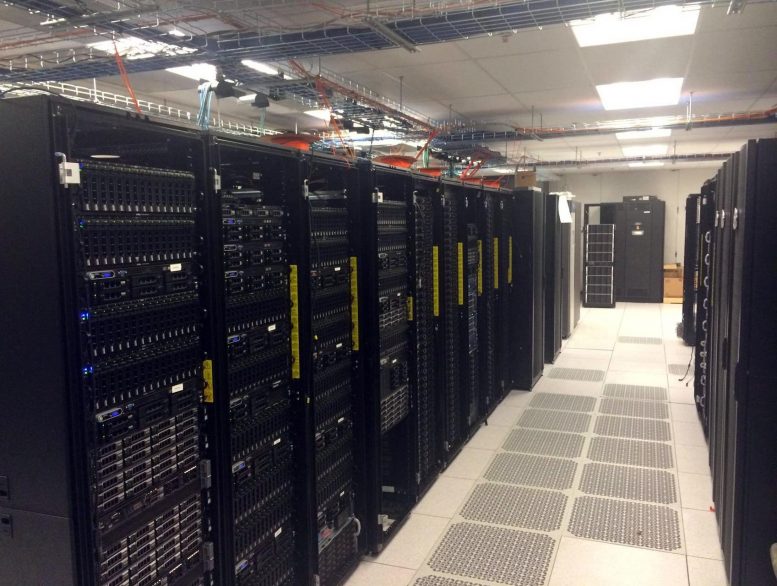
Bluecrab supercomputer cluster.
‘Fight club’ asteroid simulations were run using the Bluecrab supercomputer cluster operated by the Maryland Advanced Research Computing Center, through the Johns Hopkins University and University of Maryland. Credit: University of Maryland
“The simulation runs were extremely computational intense, and took several months to perform,” adds Patrick Michel. “The most challenging part was simulating the re-accumulation process, which included detailed coding for particle contact including rolling, sliding, and shear friction. We also looked at the heating level of the post-impact fragments, determining their hydration level.
“What we found was, while the re-accumulation process led to a wide variety of shapes, there is a tendency towards a spinning-top because the aggregating material can be captured in a central disc and eventually forms a spinning top or at least a re-accumulated spheroid. This spheroid can then be spun up by the YORP effect to form an equatorial bulge in a rapid timescale in asteroid terms, of less than a million years, explaining what we see on Bennu and Ryugu.”
The team’s other finding is that final hydration levels can vary markedly among the aggregates formed by the disruption of their parent body. Brian May worked with Claudia Manzoni of the London Stereoscopic Company to produce stereogram 3D images of the immediate aftermath of impacts, revealing individual fragments show a broad diversity in heating levels, and therefore hydration.
“During a collision, it is thus possible to form an aggregate like Bennu, that experienced little impact heating, and another with more heated material, such as Ryugu” explains Brian May.
Asteroid family trees
Patrick Michel adds: “The upshot is that Bennu and Ryugu might actually be part of the same asteroid family, originating from the same parent, despite their very different hydration levels now. We know they come from the same region of the Asteroid Belt, which makes this more likely, although we will only know for sure when we can analyze the asteroid samples due to be returned by Hayabusa2 and OSIRIS-REx.”
Brian May’s involvement came out of his asteroid research activities, including working on the Hayabusa2 and OSIRIS-REx science teams and as a member of the Advisory Board of the Near-Earth Object Modelling and Payload for Protection (NEO-MAPP) project, funded by the H2020 program of the European Commission.
Reference: “Collisional formation of top-shaped asteroids and implications for the origins of Ryugu and Bennu” by P. Michel, R.-L. Ballouz, O. S. Barnouin, M. Jutzi, K. J. Walsh, B. H. May, C. Manzoni, D. C. Richardson, S. R. Schwartz, S. Sugita, S. Watanabe, H. Miyamoto, M. Hirabayashi, W. F. Bottke, H. C. Connolly, M. Yoshikawa and D. S. Lauretta, 27 May 2020, Nature Communications.
DOI: 10.1038/s41467-020-16433-z

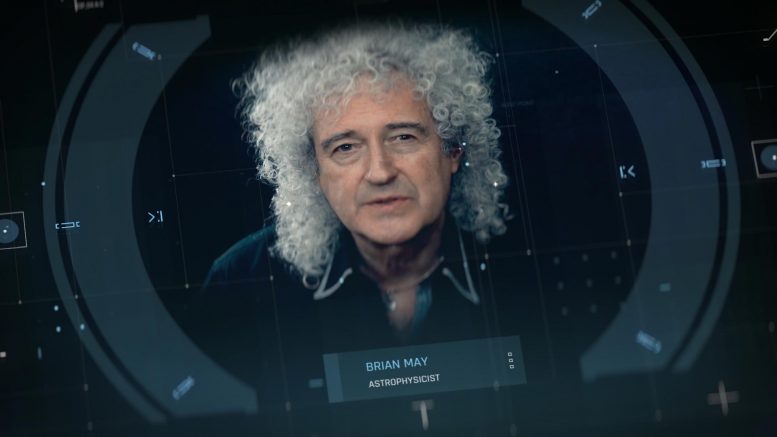
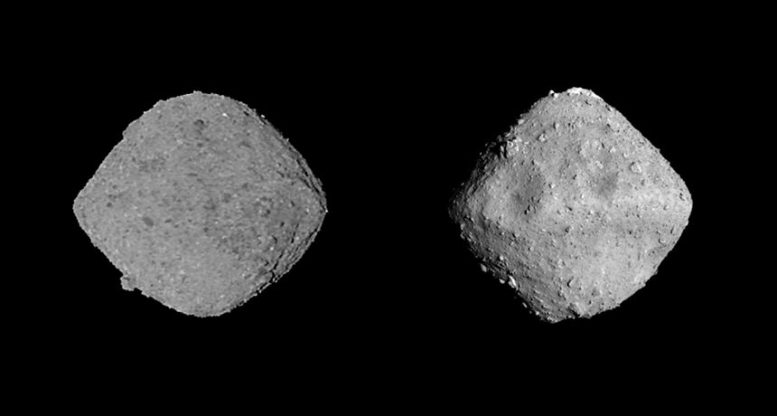

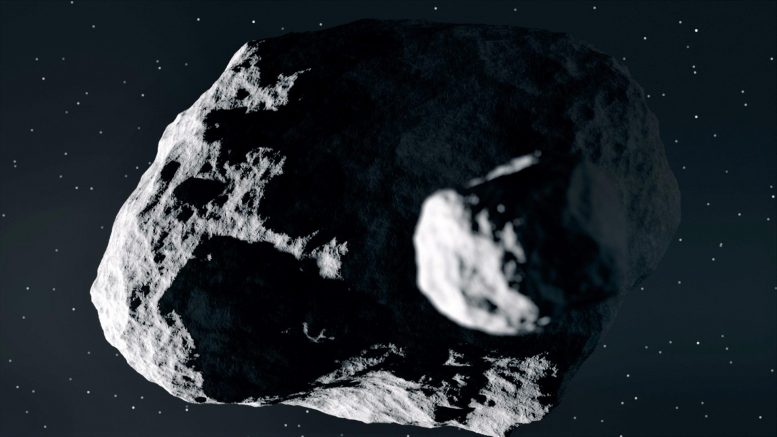
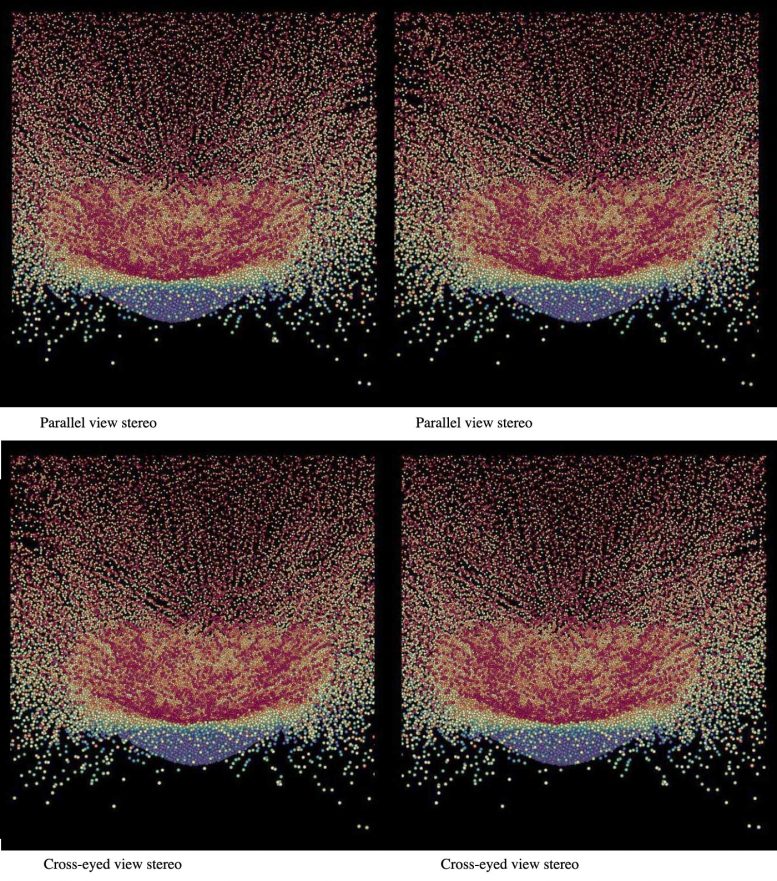
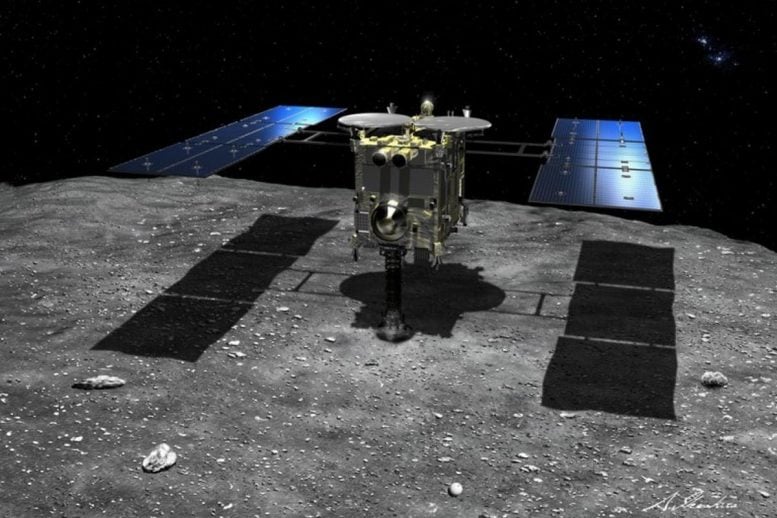
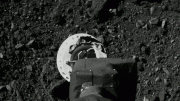
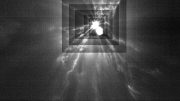
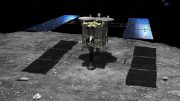
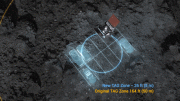
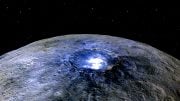
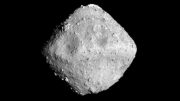
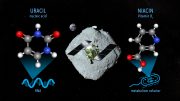
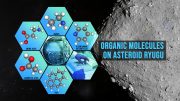
Be the first to comment on "Brian May (Lead Guitarist of Rock Band Queen) Works to Probe Origin of Asteroids"